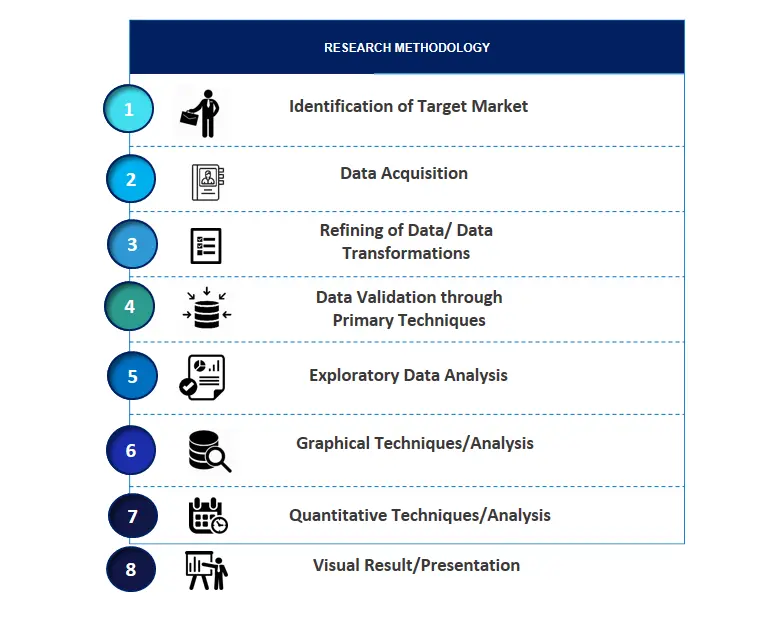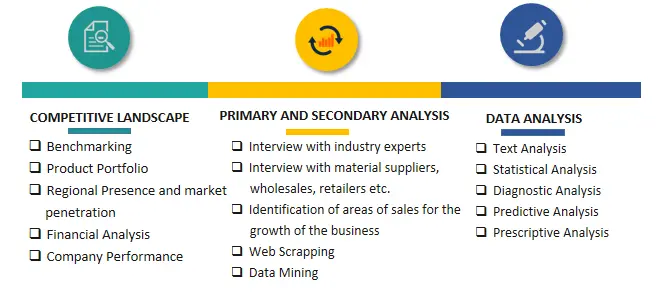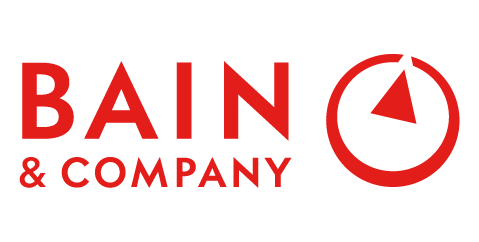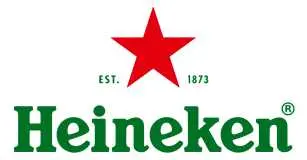
Metaverse Market Growth, Trends, Size, Revenue, Demand, Competition and Future Challenges
Metaverse Market Size- By Verticals, By Components, By Platform, By End User Industry, By Offering- Regional Outlook, Competitive Strategies and Segment Forecasts to 2032
| Published: Nov-2022 | Report ID: IACT2213 | Pages: 1 - 238 | Formats*: |
| Category : Information & Communications Technology | |||
- October 2021: Facebook's name has been changed to Meta Platforms Inc. To represent the emphasis and interest in metaphors. The corporation has begun exploring on measures to protect users in the metaverse. It has worked with colour in tech, a UK-based organisation that promotes a transparent and inclusive tech sector. This alliance will promote competition and fresh ideas in this industry.
- Investments and Partnerships: Increasing investments from technology companies, venture capitalists, and established brands are propelling the development and growth of the metaverse market. Companies are recognizing the potential of the metaverse and are investing in its infrastructure, platforms, and content creation. Partnerships between different industry players are also forming to leverage their respective expertise and accelerate metaverse development.

| Report Metric | Details |
| Market size available for years | 2019-2032 |
| Base year considered | 2021 |
| Forecast period | 2022-2032 |
| Segments covered | By Verticals, By Components, By Platform, By End User Industry, By Offering |
| Geographies covered | Asia-Pacific, Europe, Middle East and Africa, North America, Latin America |
| Companies Covered | Active Theory, Accenture, Adobe, Autodesk Inc., ByteDance, Ltd., Decentraland, Deloitte, Epic Games, Inc., Electronic Arts, HPE, Intel, Lilith Games, Meta Platforms, Inc, Microsoft Corporation, NetEase, Inc, Nvidia Corporation, Nextech AR Solution Corp., Nexon, Roblox Corporation, The Sandbox, Tencent Holdings Ltd., Take-Two, Tencent, Tech Mahindra, Unity Technologies, Inc., Valve, Others |
- Businesses and Enterprises
- Consumers
- Creative Professionals
- Education and Training
- Gaming Industry
- Government and Public Institutions
- Healthcare and Wellness
- Real Estate and Architecture
- Retail and E-commerce
- Technology Enthusiasts
| By Vertical | |
| By Components: | |
| By Platform: | |
| By End User Industry: | |
| By Offering: |
- Global Metaverse Market Size (FY’2022-FY’2032)
- Overview of Global Metaverse Market
- Segmentation of Global Metaverse Market By Verticals (Consumer, Commercial, Healthcare, Industrial Manufacturing, Other Verticals)
- Segmentation of Global Metaverse Market By Components (Hardware, Software, Professional Services)
- Segmentation of Global Metaverse Market By Platforms (Desktop, Mobile, Headsets)
- Segmentation of Global Metaverse Market By End User Industry (BFSI, Retail, Media & Entertainment, Education, Aerospace and Defence, Automotive, Others)
- Segmentation of Global Metaverse Market By Mode of Offering (Virtual Platforms, Asset Marketplaces, Avatars, Financial Services)
- Statistical Snap of Global Metaverse Market
- Expansion Analysis of Global Metaverse Market
- Problems and Obstacles in Global Metaverse Market
- Competitive Landscape in the Global Metaverse Market
- Impact of COVID-19 and Demonetization on Global Metaverse Market
- Details on Current Investment in Global Metaverse Market
- Competitive Analysis of Global Metaverse Market
- Prominent Players in the Global Metaverse Market
- SWOT Analysis of Global Metaverse Market
- Global Metaverse Market Future Outlook and Projections (FY’2022-FY’2032)
- Recommendations from Analyst
1.1. Scope of the report1.2. Market segment analysis
2.1 Research data source
2.1.1 Secondary data2.1.2 Primary data2.1.3 SPER’s internal database2.1.4 Premium insight from KOL’s
2.2 Market size estimation
2.2.1 Top-down and Bottom-up approach
2.3 Data triangulation
4.1. Driver, Restraint, Opportunity and Challenges analysis
4.1.1 Drivers4.1.2 Restraints4.1.3 Opportunities4.1.4 Challenges
4.2. COVID-19 Impacts of the Global Metaverse Market
5.1. SWOT analysis
5.1.1 Strengths5.1.2 Weaknesses5.1.3 Opportunities5.1.4 Threats
5.2. PESTEL analysis
5.2.1 Political landscape5.2.2 Economic landscape5.2.3 Social landscape5.2.4 Technological landscape5.2.5 Environmental landscape5.2.6 Legal landscape
5.3. PORTER’S five forces analysis
5.3.1 Bargaining power of suppliers5.3.2 Bargaining power of Buyers5.3.3 Threat of Substitute5.3.4 Threat of new entrant5.3.5 Competitive rivalry
5.4. Heat map analysis
6.1 Consumer
6.1.1 Gaming and social media
6.1.1.1 Gaming6.1.1.2 Social Media
6.1.2 Live Entertainments and Events
6.1.2.1 Sports6.1.2.2 Music Concerts6.1.2.3 Other Events and Conferences6.1.2.4 Live entertainment and events: Metaverse use cases
6.2 Commercial
6.2.1 Retail and E- Commerce
6.2.1.1 Jewellery and luxury goods6.2.1.2 Beauty and cosmetics6.2.1.3 Apparel fitting6.2.1.4 Home furnishing6.2.1.5 Virtual shopping6.2.1.6 Retail and ecommerce: Metaverse use cases
6.2.2 Education and Corporate
6.2.2.1 Education and corporate: Metaverse use cases
6.2.3 Travel and Tourism
6.2.3.1 Virtual hotel tours6.2.3.2 Virtual theme parks6.2.3.3 Museums, zoos, and other6.2.3.4 Travel and tourism: Metaverse use cases
6.2.4 Real Estate
6.2.4.1 Virtual property and real estate6.2.4.2 Real estate: Metaverse use cases
6.3 Healthcare
6.3.1 Diagnostics and Treatment6.3.2 AR/VR Based Training6.3.3 Healthcare: metaverse uses cases
6.4 Industrial Manufacturing: Metaverse Uses Cases
6.4.1 Digital Factory6.4.2 Industrial Training6.4.3 Digital Twins
6.5 Other Verticals
7.1 Hardware
7.1.1 AR Devices
7.1.1.1 AR Head-Mounted Displays (HMD)7.1.1.2 AR Head-Up Displays (HUD)
7.1.2 VR Devices
7.1.2.1 VR Head-Mounted Displays (HMD)7.1.2.2 Gesture-tracking devices and haptics
7.1.3 MR Devices7.1.4 Displays
7.1.4.1 Virtual Mirrors7.1.4.2 3D Displays7.1.4.3 Holographic Displays
7.2 Software
7.2.1 Extended Reality Software7.2.2 Gaming Engines7.2.3 Metaverse Platforms
7.2.3.1 Decentralized Metaverse Platform7.2.3.2 Centralized Metaverse Platform
7.2.4 3D Mapping, Modelling and Reconstruction7.2.5 Financial Platforms
7.2.5.1 Traditional finance in metaverse7.2.5.2 Decentralized finance in metaverse
7.2.6 Other Software
7.3 Professional Services
7.3.1 Application Development and System Integration7.3.2 Strategy and Business Consulting Services
8.1 Platform Analysis8.1.1 Desktop8.1.2 Mobile8.1.3 Headsets
9.1 End Use Analysis9.1.1. BFSI9.1.2. Retail9.1.3. Media & Entertainment9.1.4. Education9.1.5. Aerospace and Defense
9.1.6. Automotive9.1.7. Others
10.1 Virtual Platforms10.2 Asset Marketplaces10.3 Avatars10.4 Financial Services
11.1. North America11.1.1. United States11.1.2. Canada11.1.3. Mexico11.2. Europe11.2.1. Germany11.2.2. United Kingdom11.2.3. France11.2.4. Italy11.2.5. Spain11.2.6. Rest of Europe11.3. Asia-Pacific11.3.1. China11.3.2. Japan11.3.3. India11.3.4. Australia11.3.5. South Korea11.3.6. Rest of Asia-Pacific11.4. South America11.4.1. Brazil11.4.2. Argentina11.4.3. Rest of South America11.5. Middle East & Africa11.5.1. Kingdom of Saudi Arabia11.5.2. United Arab Emirates11.5.3. Rest of Middle East & Africa
12.1.1.Company details12.1.2.Financial outlook12.1.3.Product summary12.1.4.Recent developments
12.2.1.Company details12.2.2.Financial outlook12.2.3.Product summary12.2.4.Recent developments
12.3.1.Company details12.3.2.Financial outlook12.3.3.Product summary12.3.4.Recent developments
12.4.1.Company details12.4.2.Financial outlook12.4.3.Product summary12.4.4.Recent developments
12.5.1.Company details12.5.2.Financial outlook2.5.3.Product summary12.5.4.Recent developments
12.6.1.Company details12.6.2.Financial outlook12.6.3.Product summary12.6.4.Recent developments
12.7.1.Company details2.7.2.Financial outlook12.7.3.Product summary12.7.4.Recent developments
12.8.1.Company details12.8.2.Financial outlook12.8.3.Product summary12.8.4.Recent developments
12.9.1.Company details12.9.2.Financial outlook12.9.3.Product summary12.9.4.Recent developments
12.10.1.Company details12.10.2.Financial outlook12.10.3.Product summary12.10.4.Recent developments
12.11.1.Company details12.11.2.Financial outlook12.11.3.Product summary12.11.4.Recent developments
12.12.1.Company details12.12.2.Financial outlook12.12.3.Product summary12.12.4.Recent developments
12.13.1.Company details12.13.2.Financial outlook12.13.3.Product summary12.13.4.Recent developments
12.14.1.Company details12.14.2.Financial outlook12.14.3.Product summary12.14.4.Recent developments
12.15.1.Company details12.15.2.Financial outlook12.15.3.Product summary12.15.4.Recent developments
12.16.1.Company details12.16.2.Financial outlook12.16.3.Product summary12.16.4.Recent developments
12.17.1.Company details12.17.2.Financial outlook12.17.3.Product summary12.17.4.Recent developments
12.18.1.Company details12.18.2.Financial outlook12.18.3.Product summary12.18.4.Recent developments
12.19.1.Company details12.19.2.Financial outlook12.19.3.Product summary12.19.4.Recent developments
12.20.1.Company details12.20.2.Financial outlook12.20.3.Product summary12.20.4.Recent developments
12.21.1.Company details12.21.2.Financial outlook2.21.3.Product summary12.21.4.Recent developments
12.22.1.Company details12.22.2.Financial outlook12.22.3.Product summary12.22.4.Recent developments
12.23.1.Company details12.23.2.Financial outlook12.23.3.Product summary12.23.4.Recent developments
12.24.1.Company details12.24.2.Financial outlook12.24.3.Product summary12.24.4.Recent developments
12.25.1.Company details12.25.2.Financial outlook12.25.3.Product summary12.25.4.Recent developments
12.26.1.Company details12.26.2.Financial outlook12.26.3.Product summary12.26.4.Recent developments
SPER Market Research’s methodology uses great emphasis on primary research to ensure that the market intelligence insights are up to date, reliable and accurate. Primary interviews are done with players involved in each phase of a supply chain to analyze the market forecasting. The secondary research method is used to help you fully understand how the future markets and the spending patterns look likes.
The report is based on in-depth qualitative and quantitative analysis of the Product Market. The quantitative analysis involves the application of various projection and sampling techniques. The qualitative analysis involves primary interviews, surveys, and vendor briefings. The data gathered as a result of these processes are validated through experts opinion. Our research methodology entails an ideal mixture of primary and secondary initiatives.



Frequently Asked Questions About This Report
PLACE AN ORDER
Year End Discount
Sample Report
Pre-Purchase Inquiry
NEED CUSTOMIZATION?
Request CustomizationCALL OR EMAIL US
100% Secure Payment






Related Reports
Our Global Clients
Our data-driven insights have influenced the strategy of 200+ reputed companies across the globe.




















